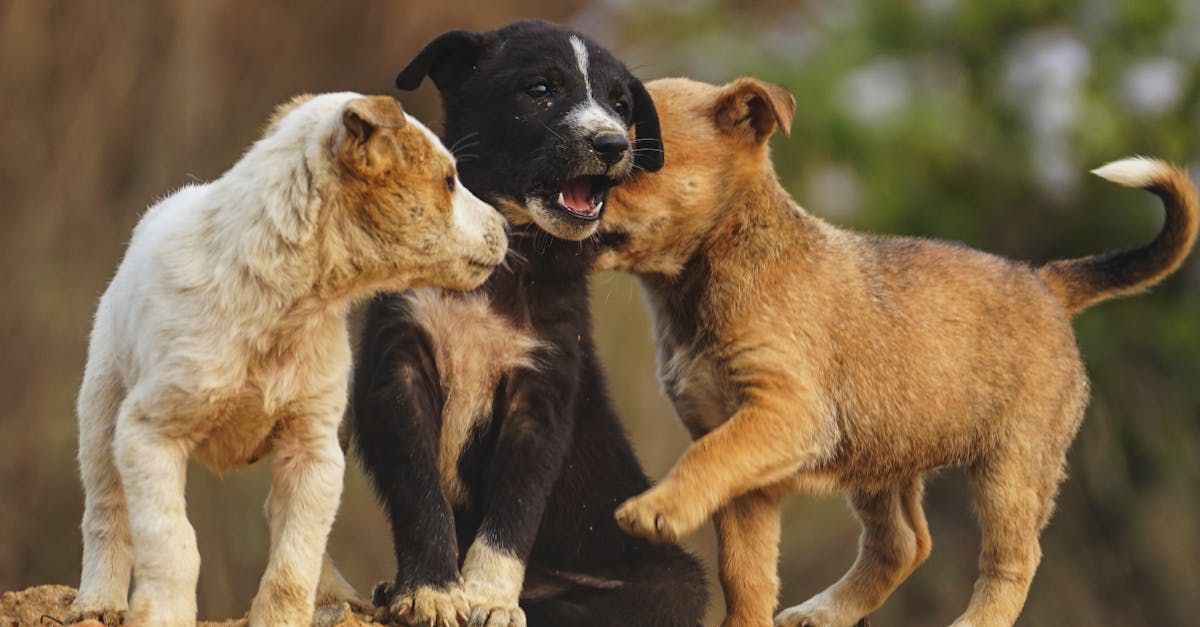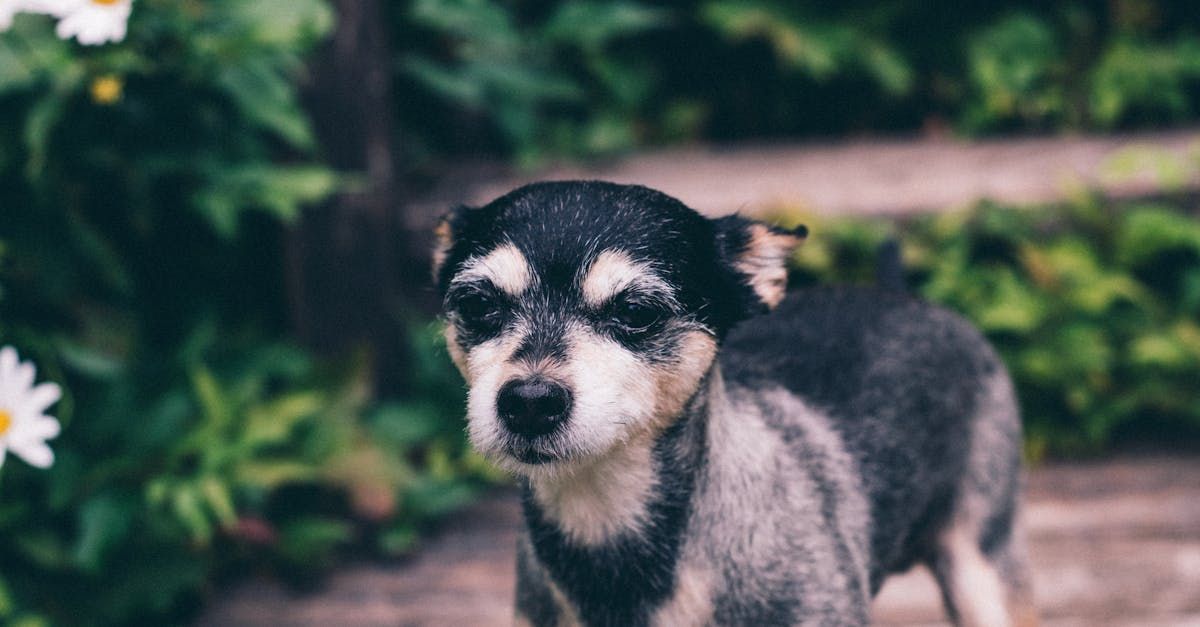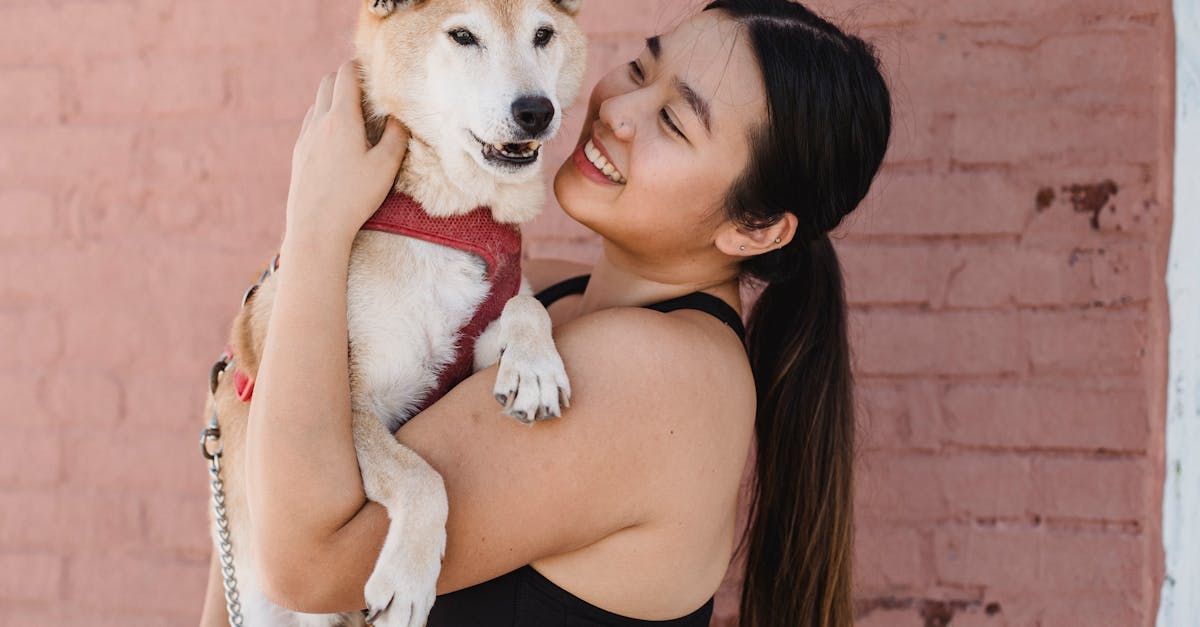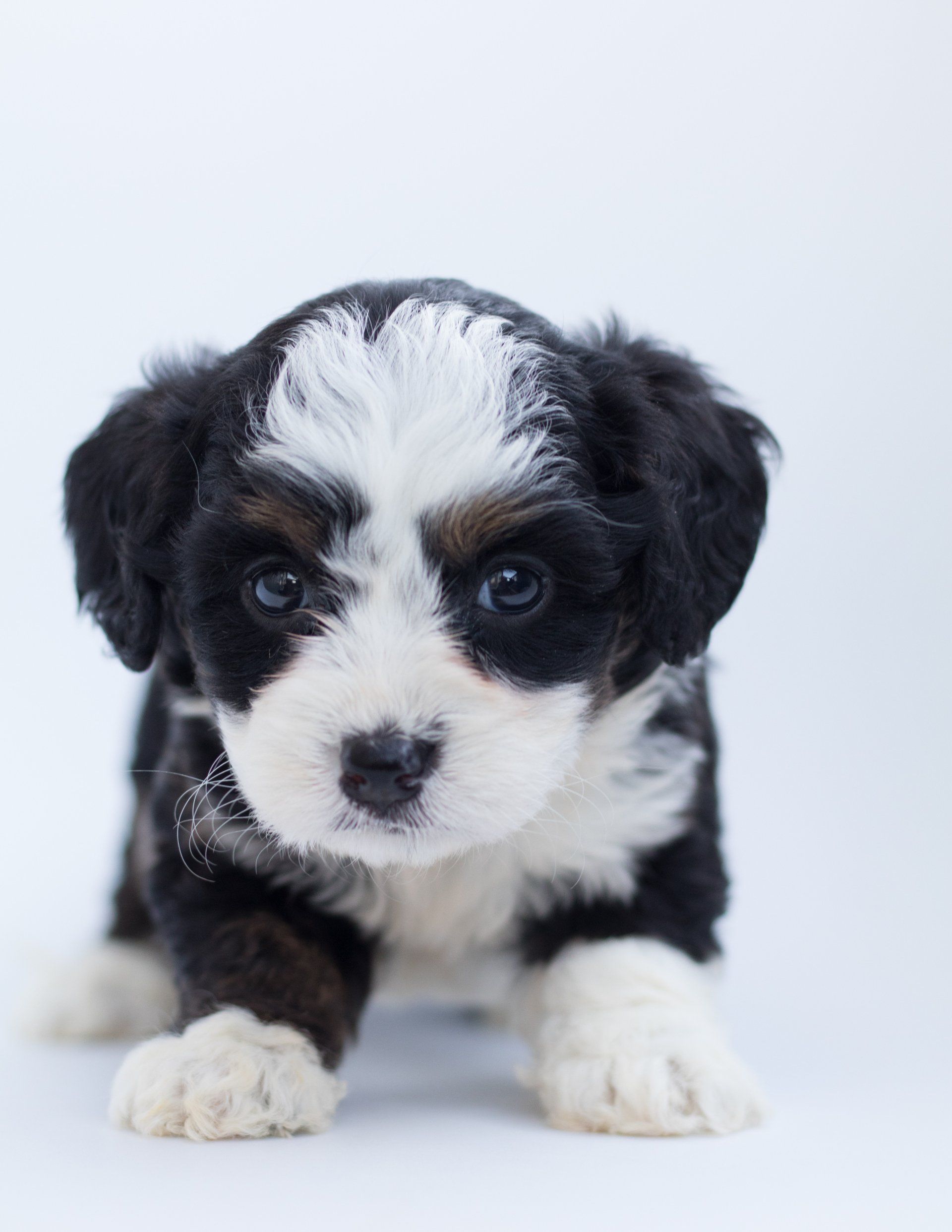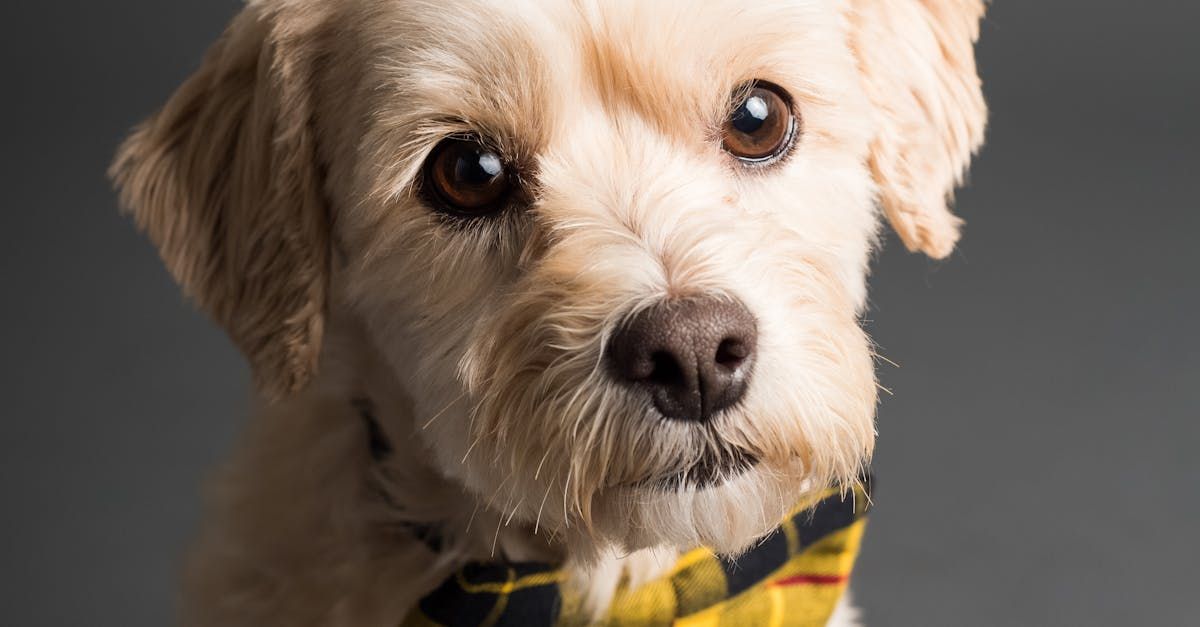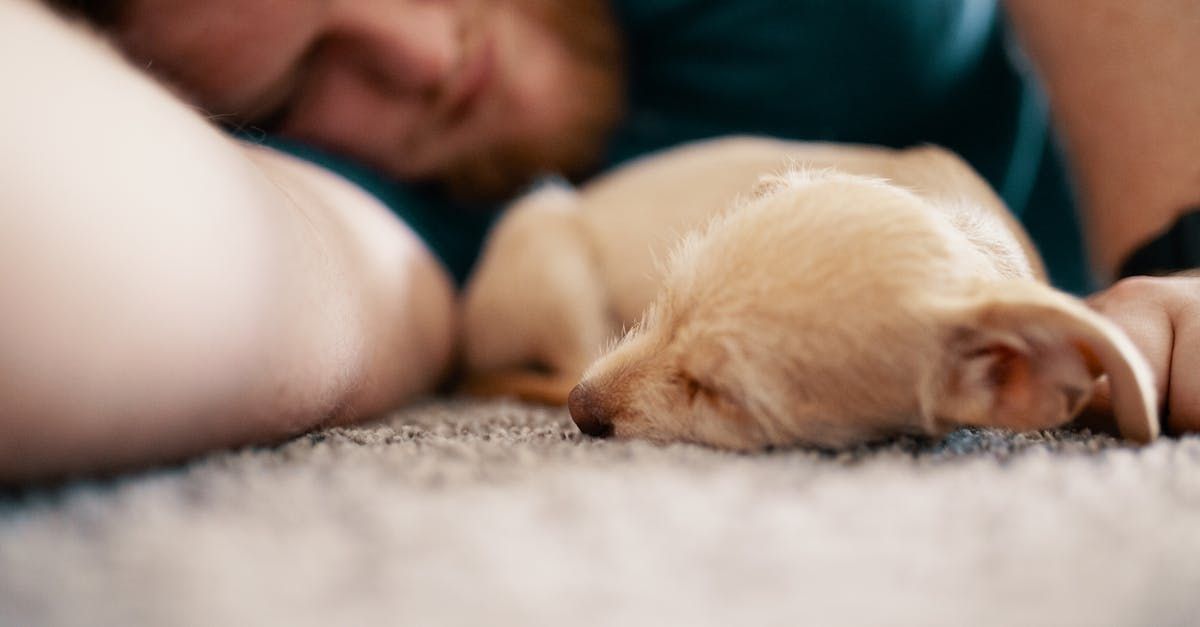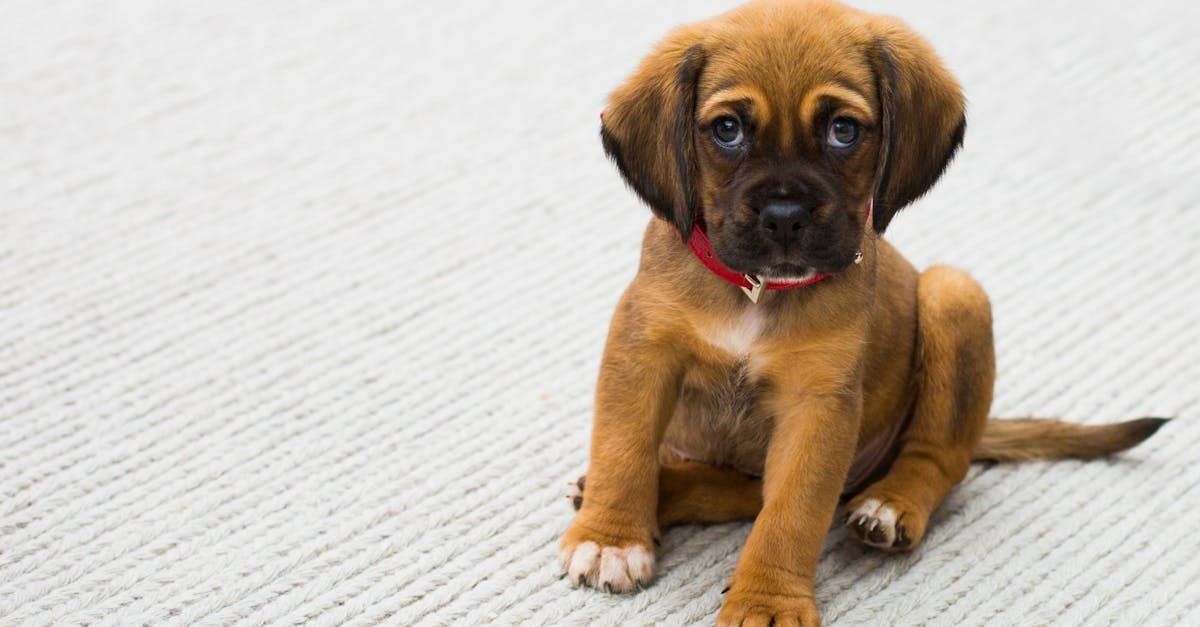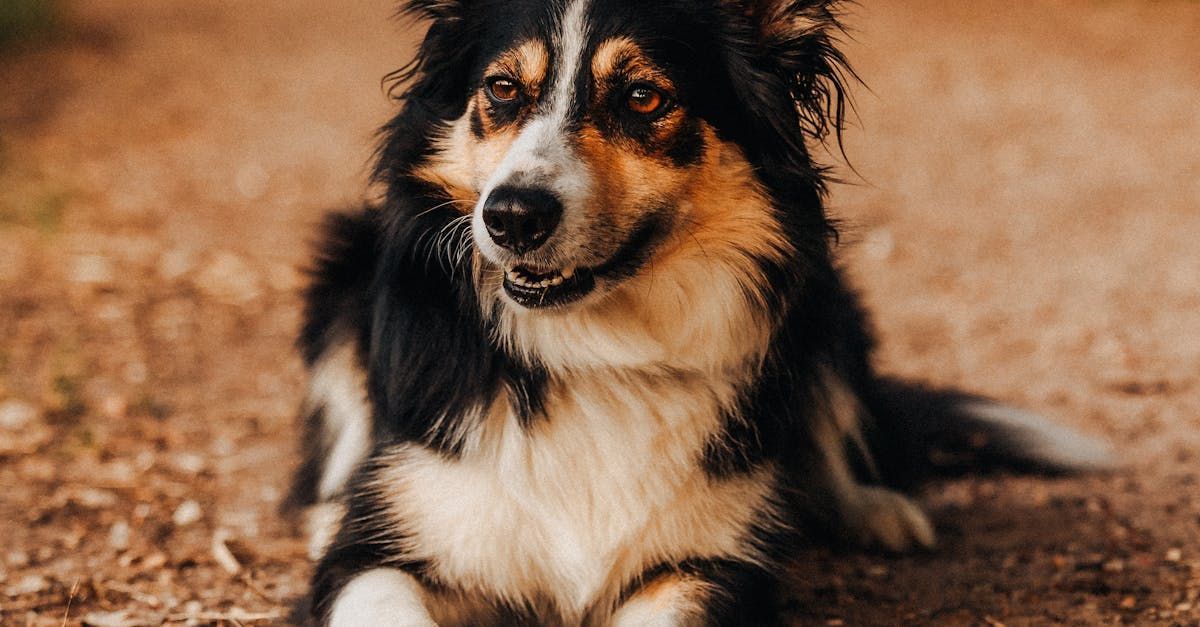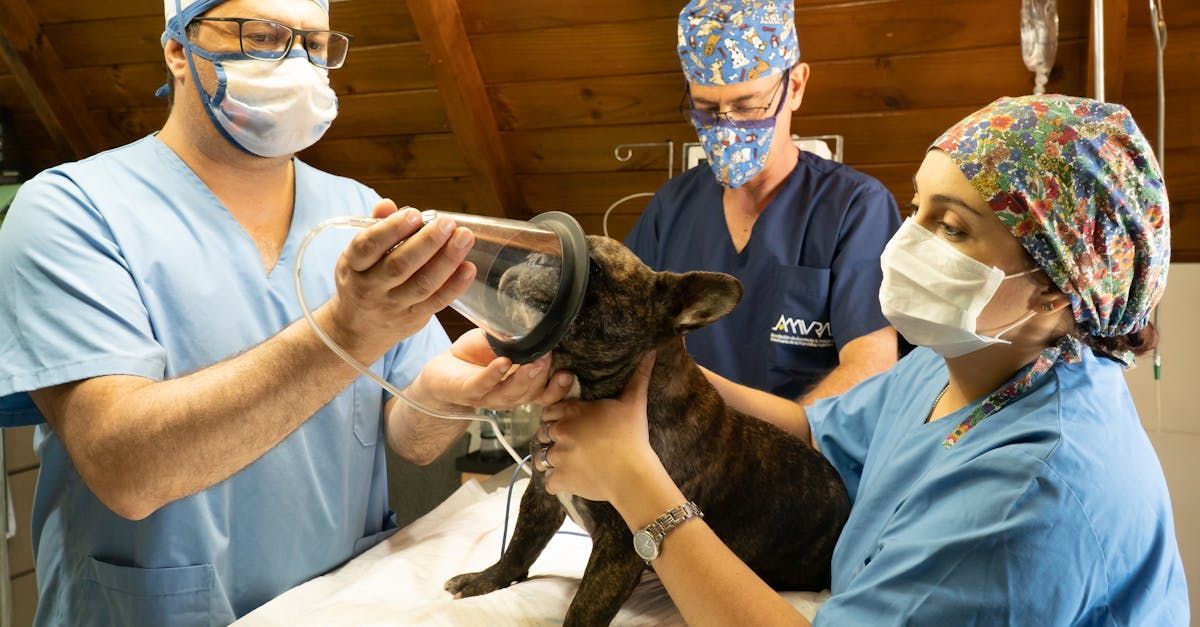How to Socialize Puppies with People, Dogs, Cats, and Other Animals
How to Socialize Puppies with People, Dogs, Cats, and Other Animals
Socializing your puppy is vital for their development into a well-behaved and confident adult dog. Whether you have a new puppy from a breeder or a rescue puppy, it’s important to introduce them to various people, dogs, cats, and other potential pets in a positive and controlled manner. Here’s a detailed guide on how to effectively socialize your puppy.
Why Socialization is Important
Socialization helps your puppy become comfortable in different situations, reducing the likelihood of fear-based behaviors and aggression. Proper socialization can lead to a more adaptable, friendly, and well-behaved dog.
General Tips for Socializing Puppies
Start Early: Begin socializing your puppy as early as possible, ideally between 3 to 14 weeks of age. This is the critical period when they are most open to new experiences.
Positive Experiences: Ensure all new interactions are positive. Use treats, praise, and play to create a pleasant association with new people, animals, and environments.
Exposure to Different People: Introduce your puppy to people of all ages, genders, and appearances. Include people with hats, glasses, uniforms, and different ethnic backgrounds to help your puppy become comfortable with a diverse range of humans.
Controlled Dog Interactions: Arrange playdates with well-behaved, vaccinated dogs. Start with calm dogs and gradually introduce more energetic ones. Always supervise these interactions to ensure they are safe and positive.
Introducing Cats: If you have a cat or plan to introduce your puppy to cats, start with controlled, supervised interactions. Use a leash or baby gate to separate them initially. Allow them to observe each other from a distance and gradually decrease the distance as they become more comfortable.
Other Pets: Introduce your puppy to other pets (rabbits, birds, etc.) in a controlled manner. Keep the initial interactions short and positive. Use a barrier if necessary to ensure safety.
Different Environments: Take your puppy to various locations such as parks, streets, pet stores, and friends’ homes. This exposure helps them become adaptable and reduces fear of new places.
Handling and Grooming: Regularly handle your puppy’s paws, ears, and mouth. This helps them get used to being touched and makes grooming and vet visits less stressful.
Puppy Classes: Enroll in puppy socialization classes. These provide a structured environment for socializing with other puppies and learning basic commands.
Socializing Rescue Puppies
Rescue puppies may have had limited or negative socialization experiences. They might be more fearful or anxious, requiring a gentler
approach. Here’s how to socialize a rescue puppy:
Patience and Understanding: Rescue puppies may need more time to adjust. Be patient and move at their pace. Forcing interactions can lead to increased fear and anxiety.
Safe Space: Provide a safe, quiet area where your puppy can retreat if they feel overwhelmed. This helps them feel secure and reduces stress.
Gradual Exposure: Introduce new experiences slowly. Start with less intimidating environments and gradually increase the level of exposure as your puppy becomes more comfortable.
Positive Reinforcement: Use high-value treats and lots of praise to reward positive behavior and interactions. This helps build positive associations with new experiences.
Consistency: Regular, short socialization sessions are more effective than occasional long ones. Consistency helps build confidence and reduces anxiety.
Observe and Adapt: Pay attention to your puppy’s body language. Signs of stress include cowering, trembling, and excessive panting. If you notice these signs, give your puppy a break and try again later.
Professional Help: If your rescue puppy shows signs of severe fear or aggression, seek help from a professional dog trainer or behaviorist experienced with rescue dogs. They can provide tailored advice and support.
Practical Steps for Socializing Your Puppy
Meet and Greet: Arrange for friends and family to visit your home. Allow your puppy to approach them at their own pace. Encourage visitors to offer treats and speak softly.
Leash Walks: Take your puppy on leash walks in different environments. Allow them to observe people, dogs, and various activities from a distance. Gradually decrease the distance as they become more comfortable.
Playdates: Organize playdates with other puppies or friendly adult dogs. Ensure the interactions are supervised and positive. Start with calm dogs and progress to more energetic ones.
Introducing Cats: Use a leash or baby gate to separate your puppy and cat initially. Allow them to observe each other from a distance and gradually decrease the distance as they become more comfortable. Reward both the puppy and the cat for calm behavior.
Other Pets: Introduce your puppy to other pets in a controlled manner. Keep initial interactions short and positive. Use barriers if necessary to ensure safety. Reward calm behavior with treats and praise.
Public Outings: Visit pet-friendly stores, parks, and outdoor cafes. These outings expose your puppy to different sounds, smells, and sights. Always keep interactions positive and reward calm behavior.
Handling Practice: Gently handle your puppy’s paws, ears, and mouth daily. Reward them with treats for staying calm. This practice helps them get used to being touched and prepares them for grooming and vet visits.
Conclusion
Socializing your puppy, whether from a breeder or a rescue, is essential for their development into a well-adjusted, confident adult dog. With patience, consistency, and positive reinforcement, you can help your puppy navigate the world with ease and joy. Enjoy the journey of raising a well-socialized, happy companion!



